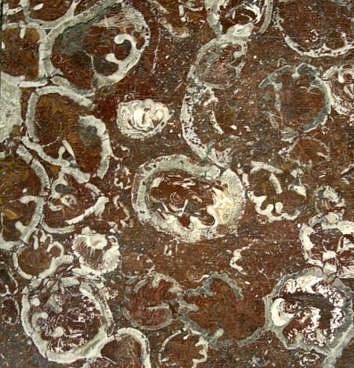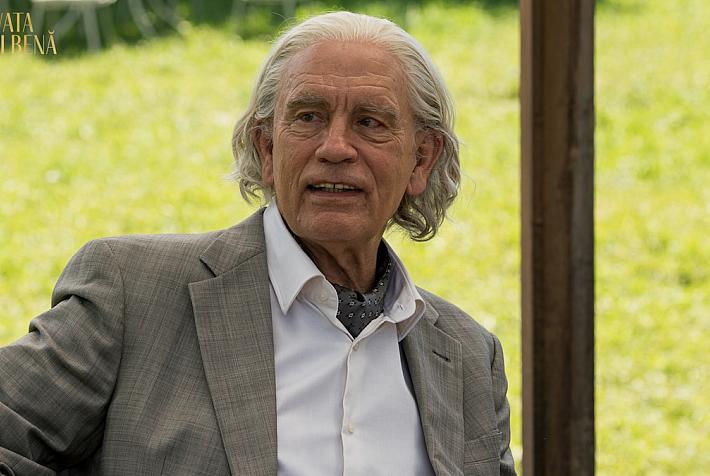Bucharest metro station to host unique prehistoric fossils museum

The Politehnica metro station in Bucharest is hosting a unique museum, as the pieces of limestone workers used for its pavement are actually fossilized prehistoric organisms called rudists, according to Mihai Popa, professor at the University of Geology.
Millions of years ago, these small animals were living in the waters of a sea that was reaching the area where the city of Cluj is now. They were fossilized meanwhile, forming the Savadisla quarry. The plates of limestone used at the Politehnica metro station in 1983 were taken from this career. Besides rudists, these plates are also made of fossilized snails and corals, according to the professor. These can be seen daily by anyone who travels by metro to that station.
The Bucharest metro operator Metrorex plans to open a museum in this metro station, and its representatives say it's very likely this would be the only metro station in the world to host such a museum, according to the Metrorex spokesperson Evelyen Croitoru. The fossils are perfectly visible on the metro station's floor. Metrorex intends to install interactive screens to highlight the history and allow for interactive paleontology classes inside the metro station.
Irina Popescu, irina.popescu@romania-insider.com
(photo source: University of Bucharest magazine)











